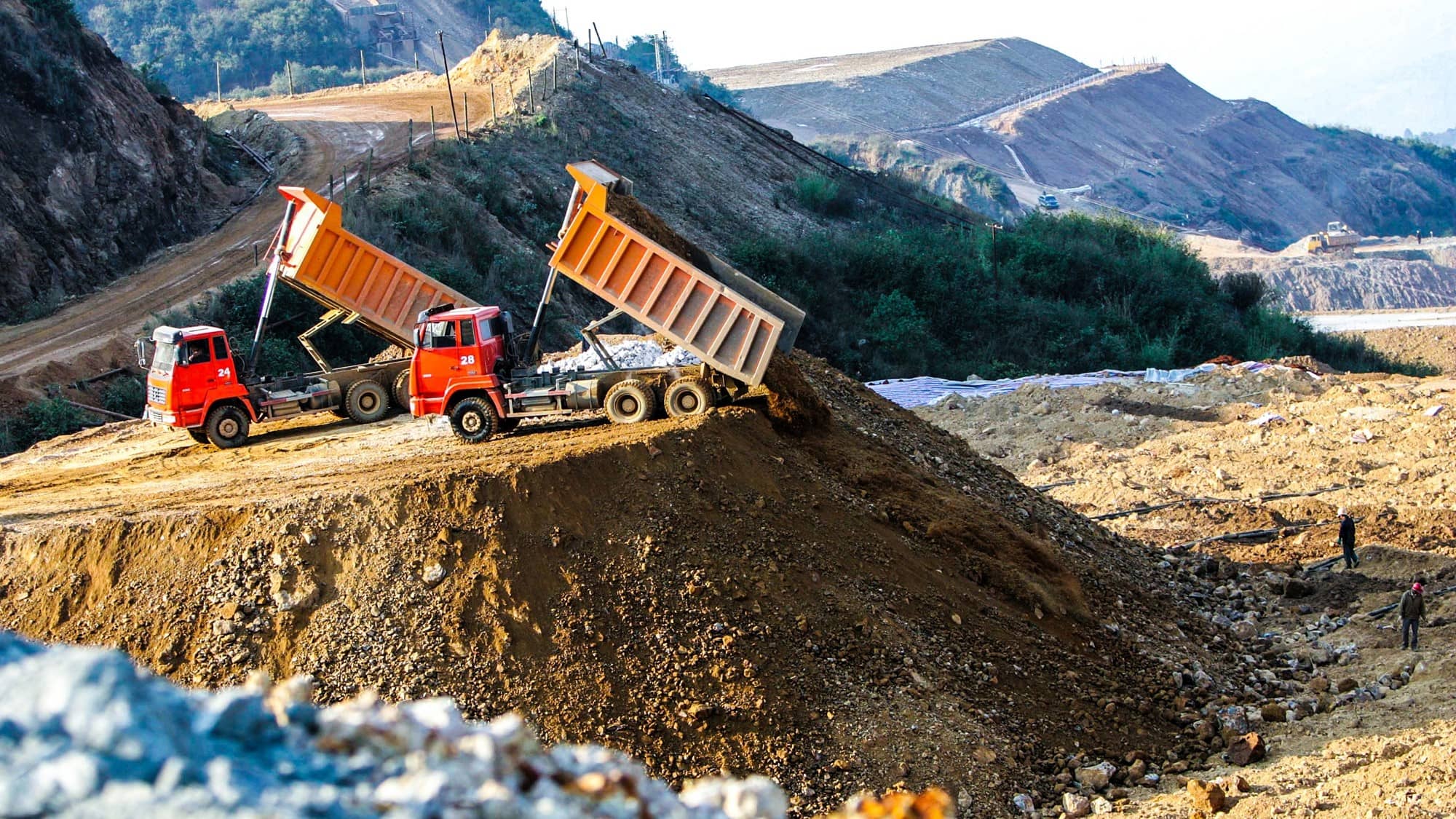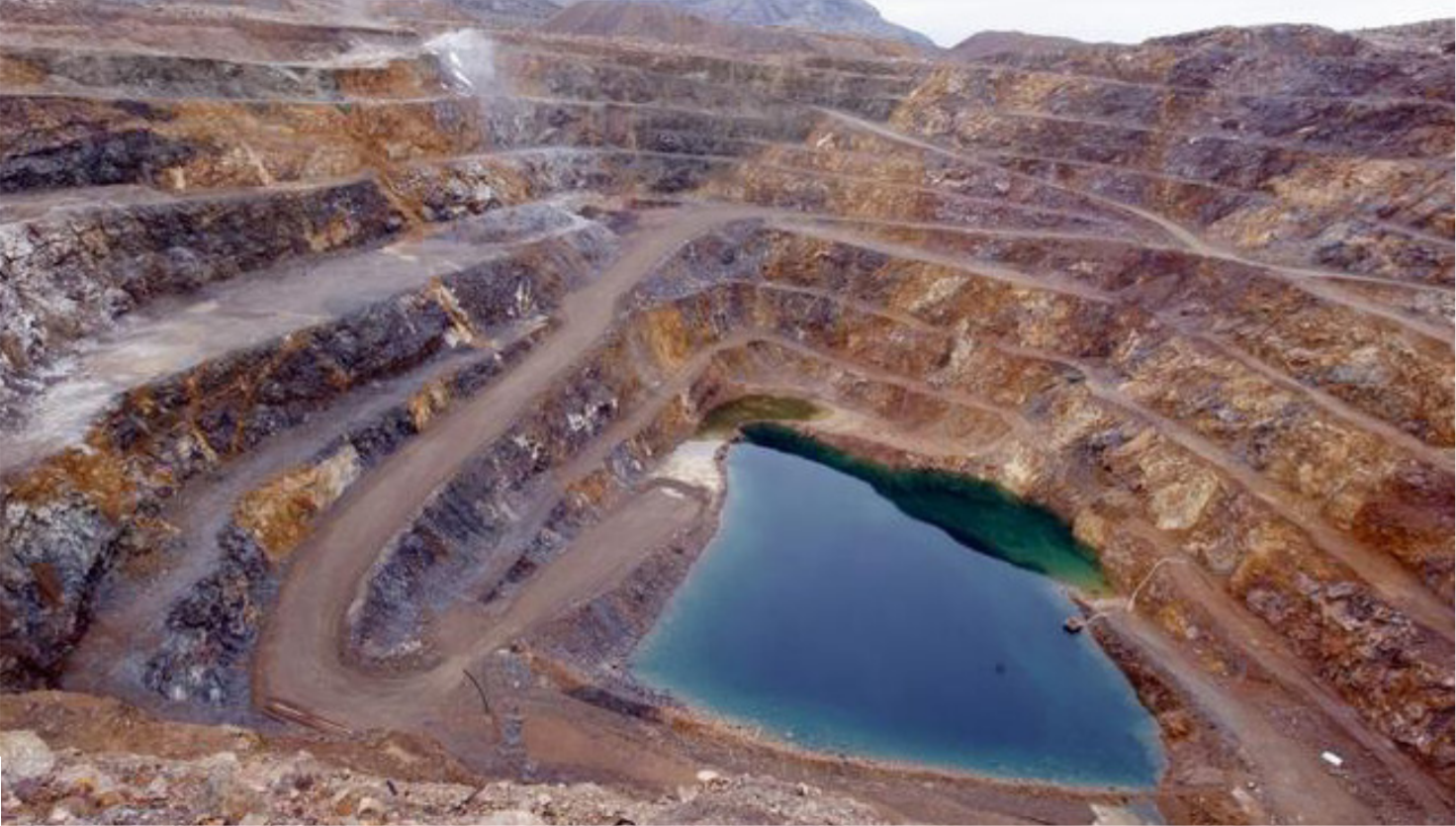Published 25 January 2023
Years of policy neglect led to a situation where China has been able to cultivate a near-monopolistic grip on the permanent magnet market – a material crucial to the development of next-generation industries. In a recently concluded report, the US's Bureau of Industry and Security took a deep dive into ways to reduce America's trade dependency.
At the heart of a range of key technologies is a metallic compound known as neodymium-iron-boron. NdFeB, its periodic table symbol, is used in the production of permanent magnets for precision-guided missiles, fighter aircraft, wind turbines, and MRI scanners. Demand for these rare earth magnets is forecast to double during the coming decade and then rise about seven-fold during the next 30 years. Their availability is crucial to the development of next-generation industries that will likely drive economic growth and particularly manufacturing. They are used in industrial robots, for example.
China has a commanding position across the neodymium magnet supply chain.
The scope of the industrial applications of these metals and the magnets derived from them and China’s dominance led the US Department of Commerce’s Bureau of Industry and Security (BIS), which administers economic issues involving national security and foreign policy, to undertake a report on the effects of imports of such permanent magnets on national security.[1] The recently concluded report began in September 2021 as a response to the White House directive “Building Resilient Supply Chains, Revitalizing American Manufacturing, and Fostering Broad-Based Growth.”[2]
China’s near-complete domination
Neodymium magnets are key to the global debate over the supply of rare earth metals. There are five key steps in the rare earth supply chain prior to the production of permanent magnets:
- rare earth mining/extracting rare earths
- rare earth processing into carbonates
- separating carbonates into individual rare earth oxides
- reduction of the oxides into the individual rare earth metals and alloying the metals.
Sintered magnets, which account for about 90% of the market and are far more magnetic than their cheaper bonded counterparts, are produced by compacting the powdered alloy into a solid mass by vacuum pressure without melting it to the point of liquefaction.
According to the BIS report, “China dominates all steps of the global NdFeB magnet value chain. In 2020, China controlled about 92% of the global NdFeB magnet and magnet alloy market. China also dominated the upstream value chain steps, controlling about 58% of the rare earth mining market, 89% of the oxide separation market, and 90% of the metallization market. China controls an even higher percentage of the heavy rare earth mining market, including dysprosium and terbium, which are critical for high-performance NdFeB magnets. China’s dominant position in the global NdFeB magnet value chain enables it to set prices at levels that can make production unsustainable for firms operating in market economies.”
China is the only country with operations in all steps of the neodymium magnet value chain, including upstream (mining, carbonates production, and separation to oxides) and downstream (metal refining, alloy production, and final magnet production) markets.
In other words, if ever there was a case of a country obtaining a near-global monopoly in a crucial manufacturing supply chain, China’s grip on neodymium magnets is it.
The report highlights that even exporters outside of China are directly dependent on China for a part of the production process.
Other countries do maintain operations in some steps of the upstream or downstream magnet value chain. For example, companies in the European Union and Japan specialize in the production of NdFeB magnets and alloys, but have no mining capacity. Japan is the second largest producer of NdFeB magnets after China, but only has about 7% of the global market. Japanese firms also maintain magnet, alloy, and metal production capacity in other countries. Japanese and European firms are almost completely reliant on imported feedstocks from China to produce metals, alloys, and ultimately NdFeB magnets.
Despite its name, rare earth itself isn’t particularly rare. The top upstream producers of rare earth minerals in 2021 were China (60%), the US (15%), Burma, (9%), and Australia (8%).
Malaysia has a 7% market share in rare earth oxide separation, due entirely to the Australian firm Lynas Rare Earths, which has a plant in Malaysia. Outside China, production of metals is fragmented between Estonia, Laos, Thailand, the United Kingdom, Vietnam, and other countries, with no country having more than 3% of the market.
China’s grip on the market is therefore as strong as its market share in the part of the supply chain in which it has the largest share–92% in metal alloys and magnet manufacturing.
BIS weighs its response
The report suggests a plethora of policies ranging from state aid for training talent to direct funding subsidies, with the aim of cultivating a domestic supply chain capable of meeting domestic demand in the US.
Given the lack of alternative sources, the report recommends against tariffs as a means of fostering domestic supply. Imposition of such tariffs would likely hasten the off-shoring of production capacity that uses these magnets, such as magnetic resonance imaging, or MRI scanning widely used for medical purposes.
The report clearly indicates its policy intention of immunizing the US and its allies from such critical trade dependencies.
The report focuses on how to spur multilateral and bilateral cooperation in securing mine-to-magnet supply chain resilience, and designing industrial policy to nurture domestic production.
While both strands make sense individually, the intensity of the industrial policy options put forward in the report suggest there may be a tension between the two – something that should be avoided. For example, the report recommends evaluating the imposition of US restrictions on exports of intermediate products used in the neodymium magnet value chain to ring-fence against foreign demand for these feedstocks. On the other hand, when it comes to domestic content requirements, the report recommends that production in “allied economies” be counted as “domestic” to help ensure resilience in allied supply chains.
Acid Test for US industrial policy
Years of policy neglect led to a situation where China has been able to cultivate a near-monopolistic grip on the permanent magnet market. China has been willing to weaponize this market power–for example with Japan in 2010, when it forced Tokyo to hand over a Chinese skipper detained after a collision between a Chinese fishing boat and a Japanese coast guard vessel. As we wrote in a Hinrich Foundation report in June 2019, “the divergent fortunes of the American and Chinese rare earth industries during the past 40 years is a reflection of the two contrasting political economic systems. It has been a textbook example of the power of China’s statist approach to industrial policy to engineer a competitive advantage and capture advantageous industries in the supply chain by exploiting weaknesses in the market system. It also exposes flaws in the US’ approach to managing its own national interests.”[3]
The BIS report demonstrates that US policy makers have awakened to the dangers posed by critical trade dependencies (at least in the permanent magnet industry) and are attempting to formulate plans to eliminate them through a combination of multilateral engagement and industrial policy.
On current demand projections and planned capacity expansions, industry participants hope to achieve 50% self-sufficiency in the US by 2026 for permanent magnets, down from near 100% dependency in 2021.
The acid test for the success or failure of the proposed industrial policy will be if the US and its allies can sustain an industrial ecosystem that provides an alternative source of permanent magnets other than from China, to meet growing demand during the medium term in a manner that holistically carries little to no net cost to the taxpayer.
---
[1] The full report is available here: https://www.bis.doc.gov/index.php/documents/section-232-investigations/3141-report-1/file
[2] The White House report is available here: https://www.whitehouse.gov/wp-content/uploads/2021/06/100-day-supply-chain-review-report.pdf
[3] https://www.hinrichfoundation.com/research/wp/protectionism/rare-earths-and-threat-of-embargo
© The Hinrich Foundation. See our website Terms and conditions for our copyright and reprint policy. All statements of fact and the views, conclusions and recommendations expressed in this publication are the sole responsibility of the author(s).









